A galgal is a Celtic tumulus containing a crypt, a term with deep historical and symbolic significance.
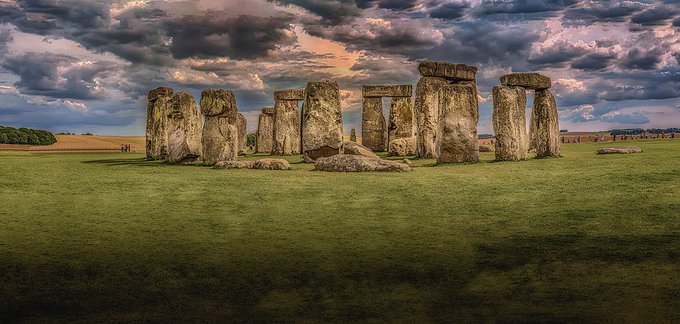
In the book of Genesis, Jacob establishes a stone monument as a symbol of unity and memory: “Jacob took a stone and set it up as a pillar. And he said to his brothers, ‘Gather stones.’ So they took stones and made a Gal (mound), and they ate there by the Gal. Laban called it Yegar Sahadutha, and Jacob called it Galeed.” (Genesis 31:45-47). This act ties the ancient stones of Israel to those of the Celtic world.
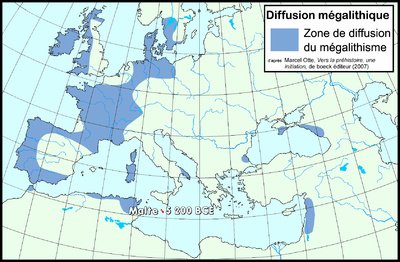
In Israel, dolmens and other megalithic structures are found mostly in the northern regions of Galilee and the Golan Heights. Historians note that these structures resemble the megalithic formations in Western Europe. The word “gal”, which means “stone” in ancient Celtic, is even the root for “galet” (pebble) in French.
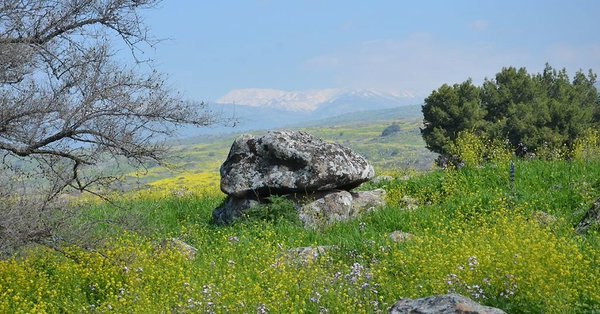
In Hebrew, the term “Gilgul” means reincarnation, reflecting the cycle of life and death, the “wheel of souls.” The Zohar, a foundational Kabbalistic text, alludes to this hidden knowledge: “Men are unaware that souls swirl like stones flung from a sling. But the time will come when these mysteries will be revealed.” (Zohar 2:99b)
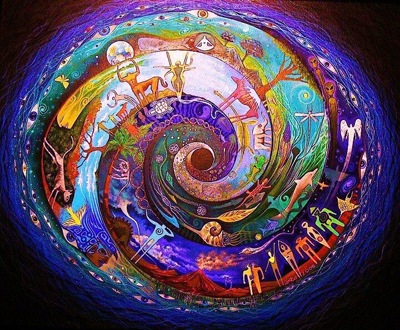
A similar plea for revelation appears in the Psalms: “Open my eyes, that I may behold the wonders of Your Torah!” (Psalms 119:18). This phrase, “Gal Einay” (“Open my eyes”), contains the word “Gal”, symbolizing the unveiling of hidden knowledge.

Galgal
גלגל
Full gematria = 314
גימל למד גימל למד
= gematria of the name of God “Shaddai”
שדי
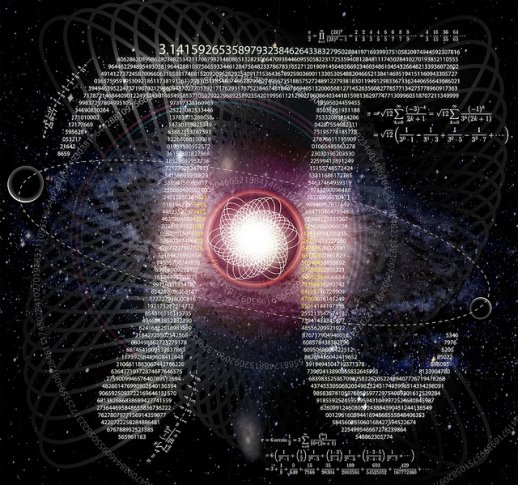
The full gematria of *Galgal* (גלגל) is 314, aligning with the gematria of the divine name Shaddai (שדי), which symbolizes containment and order in creation. In Talmudic literature, El Shaddai refers to God’s act of limiting the expansion of the universe, as if saying “Dai!” (Enough!). This resonates with the mathematical constant Pi (3.14), representing circles and the idea of completion within infinity.
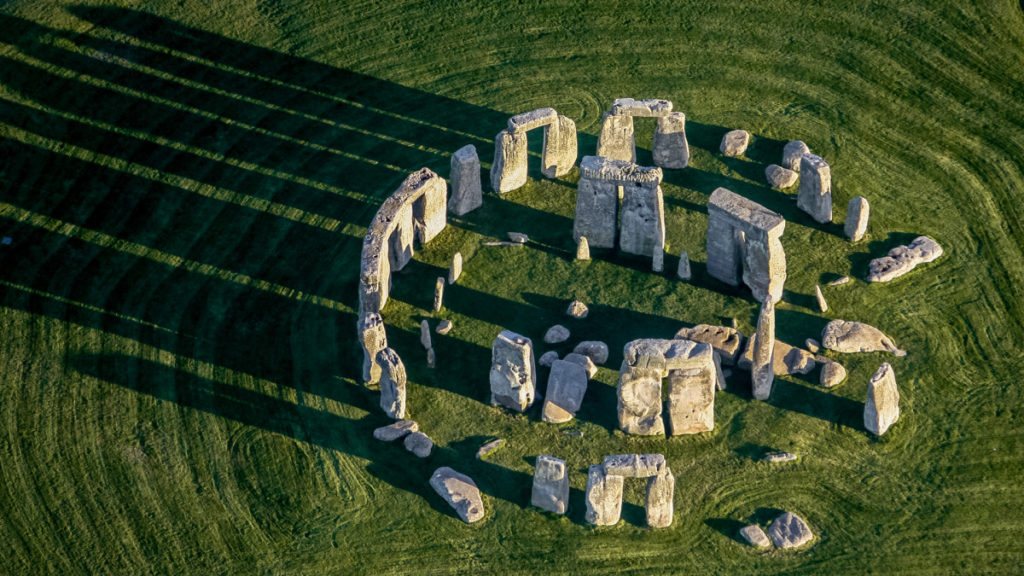
Stonehenge
סטונהנג
Ordinal gematria = 66
= gematria of “Galgal”
גלגל
#StOne
